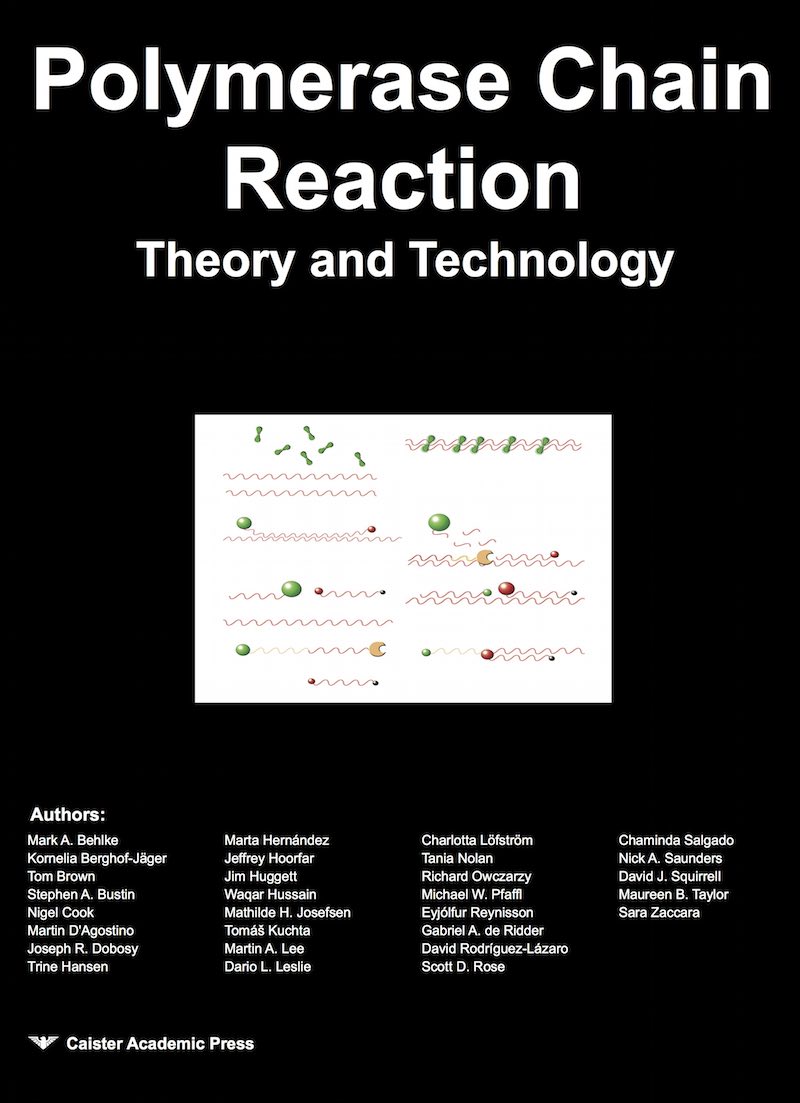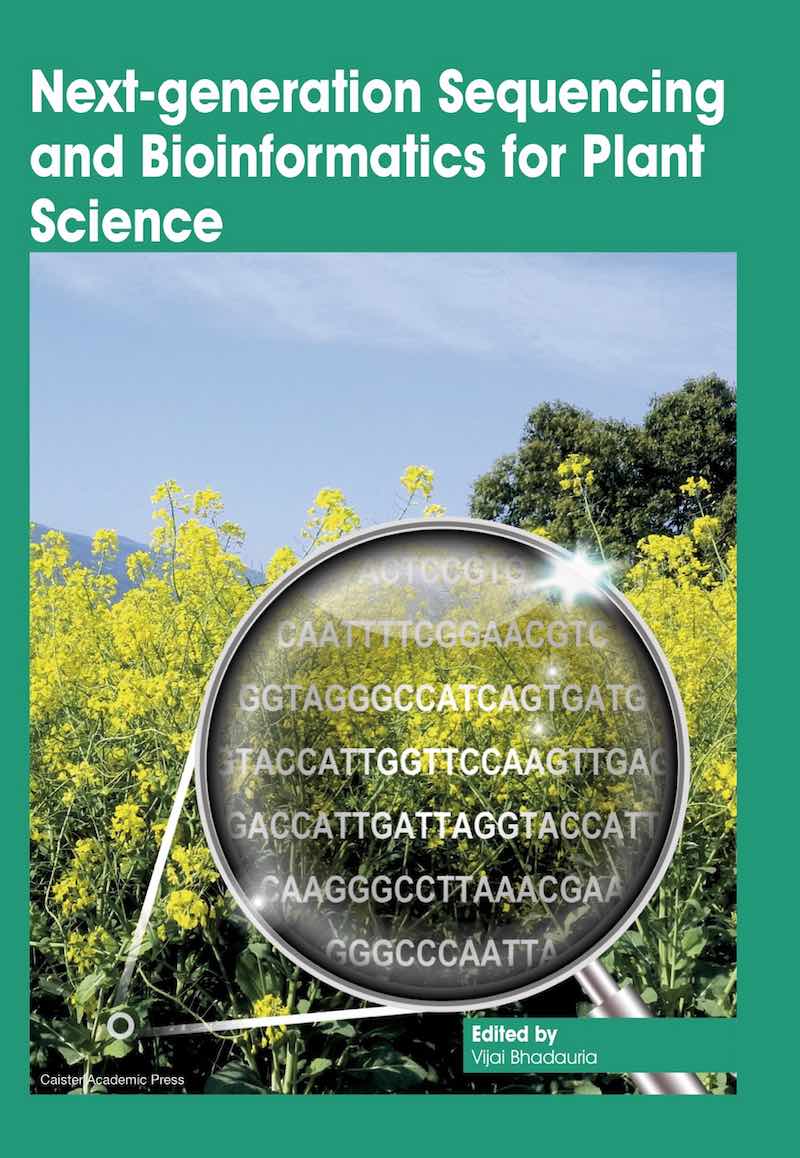Polymerase Chain Reaction PCR Protocols
Recommended reading:
Climate Change and Microbial Ecology | Polymerase Chain Reaction | SUMOylation and Ubiquitination
A collection of PCR protocols that are available free online. The protocols are taken from published papers in peer-reviewed journals or from edited books. They are provided here as a resource to aid scientists that are using or developing PCR techniques in the laboratory.
- Core-Sampling a PCR Band and ReamplificationThe core sample is a defined volume, may be stored indefinitely, and provides material for multiple re-amplifications.
- One-step DNA Fragment Assembly and Circularization for Gene CloningA one-step procedure based on Taq polymerase for the precise assembly of DNA fragments into circular constructs as long as 6 kb.
- SPUD qPCR Assay Confirms PREXCEL-Q Software's Ability to Avoid qPCR InhibitionAvoid qPCR inhibition using PREXCEL-Q sample and standard dilution calculations.
- Efficient Cloning of Alternatively Polyadenylated Transcripts via Hybridization Capture PCRA simple and rapid approach combining SMART technology for the construction of a full length cDNA library and hybrid capture PCR for the selection and amplification of target cDNAs. The strategy is characterized by enhanced specificity compared to other conventional RT-PCR and 3' RACE procedures.
- Endonuclease-Mediated Long PCR and Its Application to Restriction MappingRestriction digestion performed prior to long PCR amplification can be used to selectively suppress the amplification of members of families of closely related DNA sequences, thereby making it possible to selectively amplify one of a group of highly homologous sequences.
- Molecular Diagnosis of Medical VirusesThis review discusses the applications of qualitative and quantitative real-time PCR, nested PCR, multiplex PCR, nucleotide sequence analysis of amplified products and quality assurance with nucleic acid testing (NAT) in diagnostic laboratories.
- A PCR-based Method for Isolation of Genomic DNA Flanking a Known DNA SequenceA simple PCR-based method for the isolation of genomic DNA that lies adjacent to a known DNA sequence.
- PCR ClampingAn efficient, PCR based method for the selective amplification of DNA target sequences that differs by a single base pair. The method utilises the high affinity and specificity of PNA for their complementary nucleic acids and that PNA cannot function as primers for DNA polymerases.
- Universal TA CloningThe same T-vector can be used to clone any double-stranded DNA fragment, including PCR products. This is especially useful when compatible restriction sites are not available for the subcloning of DNA fragments from one vector to another. Directional cloning is made possible by appropriate hemi-phosphorylation of both the T-vectors and the inserts. Any DNA fragment can be cloned without compromising the cloning efficiency making the universal TA cloning method convenient and labour-saving.
- Analysis of Specific Bacteria from Environmental Samples using a Quantitative Polymerase Chain ReactionThe use of quantitative PCR for measuring bacterial abundance in environmental samples. Two different approaches are described.
- DNA Splicing by Directed Ligation (SDL)Splicing by directed ligation (SDL) is a method of in-phase joining of PCR-generated DNA fragments that is based on a pre-designed combination of class IIS restriction endonuclease recognition and cleavage sites.
- Gene Amplification from Cryopreserved Arabidopsis thaliana Shoot TipsThis protocol will help researchers to pursue faurther research in the field of molecular genetics of plant cryostress. Interesting genes identified via these process can be cloned and plants can be transfomred for the purpose of trait enhancement and modification.
Further reading
- Real-Time PCR: Advanced Technologies and Applications
- Real-Time PCR in Food Science: Current Technology and Applications
- Quantitative Real-time PCR in Applied Microbiology
See also: Current PCR books



